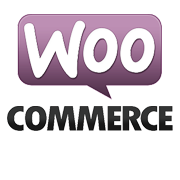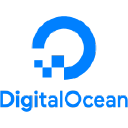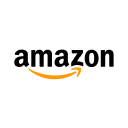How We Scaled Our Agency From 0 To $2M/Year In Under 2 Years With Our Content-Focused SEO Services
Hello! Who are you and what business did you start?
My name is David Riggs, and my business is Pneuma Media. Pneuma Media is a website design, development, and SEO Agency. We scaled from $0 - $2M in under 2 years.
Essentially, we do all things “website”, which is a really exciting thing to own for many of our clients. Our main product is SEO - our approach is a tad different from others, we believe that content is the main way to grow SEO campaigns, so we also take our “SEO Content” and redistribute it to other platforms.
I started Pneuma a few years ago moonlighting my then-current job. In many ways, my current job at that time was a big advantage for me, especially as I was trying to grow a business.
Essentially, I was a management consultant - a lot of my day-to-day work was around business planning, financial planning, and go-to-market / product marketing iterations. It was a great way to fine-tune my skills, on someone else’s dime. At that point, I was just working enough to build a business that could sustain me going full-time.
2 years later, we have over 20 people full-time in the business.

Download the report and join our email newsletter packed with business ideas and money-making opportunities, backed by real-life case studies.

Download the report and join our email newsletter packed with business ideas and money-making opportunities, backed by real-life case studies.

Download the report and join our email newsletter packed with business ideas and money-making opportunities, backed by real-life case studies.

Download the report and join our email newsletter packed with business ideas and money-making opportunities, backed by real-life case studies.

Download the report and join our email newsletter packed with business ideas and money-making opportunities, backed by real-life case studies.

Download the report and join our email newsletter packed with business ideas and money-making opportunities, backed by real-life case studies.

Download the report and join our email newsletter packed with business ideas and money-making opportunities, backed by real-life case studies.

Download the report and join our email newsletter packed with business ideas and money-making opportunities, backed by real-life case studies.























































